Succulents have become increasingly popular in recent years, and it’s no wonder why. These unique plants are known for their ability to store water in their leaves, stems, and roots, making them incredibly low-maintenance and perfect for those with a busy lifestyle. In addition to their practicality, succulents also offer a wide range of design possibilities. From terrariums to wreaths, succulents can be incorporated into various design projects to add a touch of natural beauty to any space.
Before diving into the world of succulent design, it’s important to understand what exactly succulents are. Succulents are a type of plant that have adapted to survive in arid environments by storing water in their fleshy leaves, stems, and roots. This unique adaptation allows them to thrive in conditions where other plants would struggle to survive. Succulents come in a variety of shapes, sizes, and colors, making them incredibly versatile for design purposes.
There are several benefits to using succulents in design projects. Firstly, as mentioned earlier, succulents are incredibly low-maintenance plants. They require very little water and can survive in a wide range of temperatures and lighting conditions. This makes them perfect for those who may not have a green thumb or who have limited time to care for plants. Additionally, succulents offer a unique and visually appealing aesthetic. Their interesting shapes and textures can add depth and visual interest to any design project.
When it comes to caring for succulents, there are a few basic tips to keep in mind. Firstly, succulents prefer well-draining soil, as they are prone to root rot if they sit in waterlogged soil for too long. It’s important to choose a pot with drainage holes or use a well-draining soil mix specifically formulated for succulents. Secondly, succulents prefer bright, indirect light. While they can tolerate some direct sunlight, too much can cause their leaves to burn. Finally, succulents are drought-tolerant plants and should be watered sparingly. It’s best to wait until the soil is completely dry before watering again.
How to Choose the Right Succulents for Your Design
When it comes to choosing succulents for your design projects, there are several factors to consider. Firstly, you’ll want to think about the size and shape of the succulents you’re interested in. Some succulents, like Echeveria and Haworthia, have rosette-shaped leaves that can add a soft and delicate touch to your design. Others, like Agave and Aloe, have more architectural shapes that can add a bold and modern element to your design.
In addition to considering the size and shape of the succulents, you’ll also want to think about the color palette you’re working with. Succulents come in a wide range of colors, from vibrant greens to deep purples and even shades of pink and orange. Consider the overall color scheme of your design project and choose succulents that will complement or contrast with the other elements in the space.
When it comes to purchasing succulents, there are several options available. Many local nurseries and garden centers carry a variety of succulents, making it easy to find the perfect plants for your design project. Additionally, there are numerous online retailers that specialize in selling succulents. These online retailers often offer a wider selection of plants and can ship them directly to your door.
Creating a Stunning Succulent Terrarium: Tips and Tricks
One popular way to incorporate succulents into your design is by creating a stunning succulent terrarium. Terrariums are enclosed glass containers that create a miniature ecosystem for plants to thrive in. They can be a beautiful and unique addition to any space, and succulents are particularly well-suited for terrariums due to their low-maintenance nature.
To create a succulent terrarium, you’ll need a few basic materials. Firstly, you’ll need a glass container with a lid or a glass container that can be covered with plastic wrap. This will help create the humid environment that succulents thrive in. Next, you’ll need some well-draining soil specifically formulated for succulents. You can find this at your local nursery or garden center. Finally, you’ll need a selection of succulents, as well as any decorative elements you’d like to include, such as rocks or moss.
To create your succulent terrarium, start by adding a layer of rocks or pebbles to the bottom of your container. This will help with drainage and prevent water from sitting at the bottom of the terrarium. Next, add a layer of activated charcoal, which will help keep the terrarium fresh and prevent any odors from developing. Then, add a layer of well-draining soil on top of the charcoal.
Once your base layers are in place, it’s time to start planting your succulents. Carefully remove the succulents from their pots and gently loosen the roots. Dig a small hole in the soil and place the succulent in it, making sure the roots are covered and the plant is secure. Repeat this process with all of your succulents, spacing them out evenly throughout the terrarium.
After planting your succulents, you can add any decorative elements you’d like, such as rocks or moss. These elements can help add visual interest and create a more natural-looking environment for your succulents. Finally, cover your terrarium with its lid or plastic wrap and place it in a location that receives bright, indirect light.
Maintaining a succulent terrarium is relatively easy. Succulents prefer to be watered sparingly, so it’s important not to overwater your terrarium. Check the soil regularly and only water when it is completely dry. When watering, be sure to water the soil directly and avoid getting water on the leaves of the succulents, as this can cause them to rot. Additionally, it’s important to periodically remove any dead or dying leaves from the terrarium to keep it looking its best.
DIY Succulent Wreath: Step-by-Step Guide
Another creative way to incorporate succulents into your design is by creating a DIY succulent wreath. Succulent wreaths can be a beautiful and unique addition to your home or garden, and they are relatively easy to make with a few basic materials.
To create a succulent wreath, you’ll need a few key materials. Firstly, you’ll need a wire wreath frame, which can be found at most craft stores or online retailers. You’ll also need some sphagnum moss, which will serve as the base for your wreath. Additionally, you’ll need some floral wire or fishing line to secure the succulents to the wreath frame. Finally, you’ll need a selection of succulents and any decorative elements you’d like to include, such as dried flowers or ribbon.
To start, soak your sphagnum moss in water until it is fully saturated. Then, take handfuls of the moss and press them onto the wire wreath frame, making sure to cover the entire frame. The moss should be thick enough that it holds its shape but not so thick that it becomes difficult to work with.
Once your base layer of moss is in place, it’s time to start adding your succulents. Carefully remove the succulents from their pots and gently loosen the roots. Using your floral wire or fishing line, secure the succulents to the wreath frame by wrapping the wire or line around the base of the plant and attaching it to the moss. Repeat this process with all of your succulents, spacing them out evenly around the wreath.
After all of your succulents are in place, you can add any decorative elements you’d like, such as dried flowers or ribbon. These elements can help add a personal touch to your wreath and make it truly unique. Finally, hang your succulent wreath in a location that receives bright, indirect light.
Maintaining a succulent wreath is similar to maintaining a succulent terrarium. Succulents prefer to be watered sparingly, so it’s important not to overwater your wreath. Check the moss regularly and only water when it is completely dry. When watering, be sure to water the moss directly and avoid getting water on the leaves of the succulents. Additionally, it’s important to periodically remove any dead or dying leaves from the wreath to keep it looking its best.
Unique Succulent Planter Ideas for Your Home
If you’re looking for a creative way to display your succulents, there are plenty of unique planter ideas to choose from. Succulents can be planted in almost anything, from teacups to old books, allowing you to create a truly one-of-a-kind display for your plants.
One creative succulent planter idea is to use vintage teacups or teapots as planters. These delicate and charming containers can add a touch of whimsy to any space. Simply fill the teacup or teapot with well-draining soil and plant your succulent directly into it. Be sure to choose a teacup or teapot with drainage holes or add some rocks to the bottom for drainage.
Another unique succulent planter idea is to use old books as planters. This can be a great way to repurpose old books that may no longer be in use. To create a book planter, start by hollowing out the center of the book, leaving a few pages intact to create a base for the soil. Then, fill the hollowed-out space with well-draining soil and plant your succulent directly into it. Be sure to choose a book with a hardcover and avoid using books with glossy pages, as they can retain moisture and cause the succulents to rot.
If you’re feeling particularly crafty, you can also create your own DIY succulent planter using materials like concrete or hypertufa. Concrete planters can add a modern and industrial touch to your space, while hypertufa planters have a more rustic and natural look. There are numerous tutorials available online that can guide you through the process of creating your own concrete or hypertufa planter.
When it comes to maintaining succulent planters, the same basic care tips apply. Succulents prefer well-draining soil and should be watered sparingly. Check the soil regularly and only water when it is completely dry. Additionally, be sure to choose planters with drainage holes or add rocks to the bottom for drainage.
Incorporating Succulents into Your Garden Design
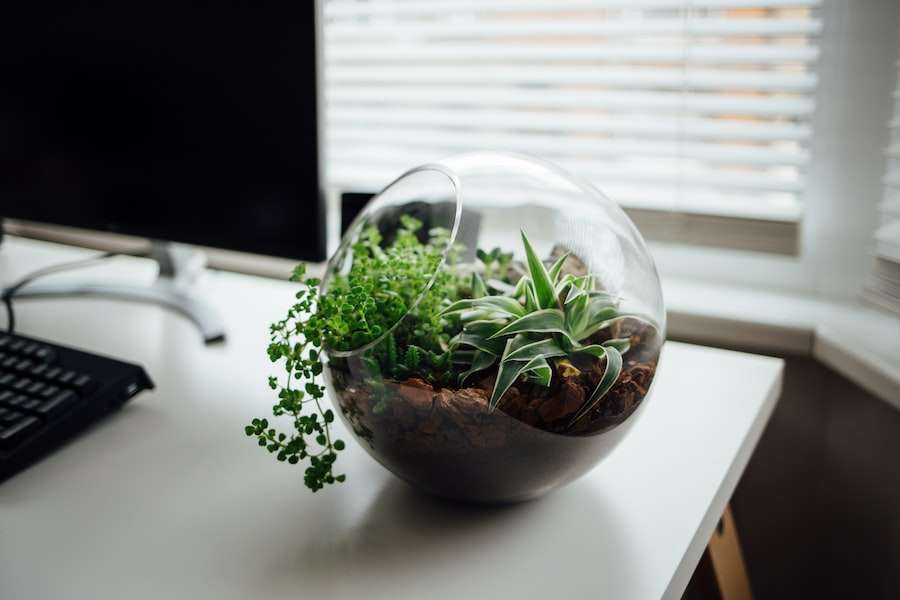
Succulents can also be incorporated into your garden design to add a unique and visually appealing element. Whether you have a small balcony garden or a sprawling backyard, there are numerous ways to incorporate succulents into your outdoor space.
One of the benefits of incorporating succulents into garden design is their ability to thrive in arid conditions. This makes them perfect for xeriscaping, which is a landscaping technique that focuses on conserving water and creating low-maintenance gardens. Succulents can be used as focal points in xeriscaped gardens or planted in mass to create a dramatic effect.
When designing with succulents, it’s important to consider their growth habits and mature size. Some succulents, like Agave and Aloe, can grow quite large and may not be suitable for small gardens or containers. On the other hand, there are many smaller succulents, like Sedum and Echeveria, that are perfect for smaller spaces. Be sure to research the mature size of the succulents you’re interested in and plan your garden accordingly.
Popular succulent varieties for garden design include Agave, Aloe, Sedum, Echeveria, and Sempervivum. These succulents come in a variety of shapes, sizes, and colors, allowing you to create a garden that is uniquely yours. Consider the overall aesthetic you’re going for and choose succulents that will complement or contrast with the other plants in your garden.
Low-Maintenance Succulent Landscape Design Ideas
If you’re looking to create a low-maintenance landscape, incorporating succulents is a great option. Succulents are known for their ability to thrive in arid conditions and require very little water or maintenance. This makes them perfect for those who want a beautiful garden without the hassle of constant upkeep.
One of the benefits of low-maintenance succulent landscape design is the ability to create a cohesive and visually appealing look with minimal effort. Succulents come in a wide range of shapes, sizes, and colors, allowing you to create interesting and dynamic landscapes without the need for constant pruning or maintenance.
When designing a low-maintenance succulent landscape, it’s important to consider the overall layout and structure of your garden. Succulents can be used as focal points or planted in mass to create a dramatic effect. Consider using different varieties of succulents to add depth and visual interest to your landscape.
Popular succulent varieties for low-maintenance landscapes include Agave, Aloe, Sedum, Echeveria, and Sempervivum. These succulents are known for their ability to thrive in a variety of conditions and require very little water or maintenance. Be sure to choose succulents that are well-suited to your climate and growing conditions.
Using Succulents as Wedding Decorations: Inspiration and Ideas
Succulents can also be incorporated into wedding decorations to add a unique and natural touch to your special day. Whether you’re planning a rustic outdoor wedding or an elegant indoor affair, there are numerous ways to incorporate succulents into your wedding decor.
One of the benefits of using succulents as wedding decorations is their versatility. Succulents can be used in a variety of ways, from bouquets and boutonnieres to centerpieces and table settings. They can add a touch of natural beauty to any wedding theme or color scheme.
When it comes to incorporating succulents into wedding decor, the possibilities are endless. For bouquets and boutonnieres, consider using succulents as focal points or accents alongside traditional flowers. Succulents can add texture and visual interest to floral arrangements and create a unique and memorable look.
For centerpieces and table settings, consider using succulents as the main focal point. You can create stunning terrarium centerpieces by placing succulents in glass containers with rocks or moss. Alternatively, you can use individual succulents as place card holders or favors for guests to take home. Another idea is to arrange a variety of succulents in a shallow dish or tray, creating a beautiful and low-maintenance centerpiece. Additionally, you can incorporate succulents into floral arrangements by adding them as accents or using them as the main flowers. Their unique shapes and colors will add a touch of natural beauty to any table setting.
If you’re looking for some inspiration for your succulent design, check out this article on “6 Stunning Outdoor Succulent Plants to Elevate Your Garden Design.” It features a variety of beautiful succulent plants that can add a touch of elegance and uniqueness to your outdoor space. From cascading varieties to colorful rosettes, these plants are sure to make a statement in your garden. So, if you’re ready to take your succulent game to the next level, be sure to give this article a read!
FAQs
What are succulent plants?
Succulent plants are a type of plant that store water in their leaves, stems, and roots. They are known for their thick, fleshy appearance and come in a variety of shapes and sizes.
What are some popular succulent species?
Some popular succulent species include Echeveria, Aloe Vera, Haworthia, Crassula, and Sedum. Each species has its own unique characteristics and care requirements.
What are some design ideas for using succulents?
Succulents can be used in a variety of design ideas, such as creating a succulent garden, using them in terrariums, incorporating them into floral arrangements, or using them as centerpieces. They can also be used to create living walls or as accents in home decor.
What are some tips for caring for succulents?
Succulents require well-draining soil, plenty of sunlight, and infrequent watering. Overwatering can lead to root rot, so it’s important to let the soil dry out completely between waterings. They also benefit from occasional fertilization and pruning to maintain their shape.
Can succulents be grown indoors?
Yes, succulents can be grown indoors as long as they receive enough sunlight and are planted in well-draining soil. They can be grown in pots or containers and make great additions to home decor.








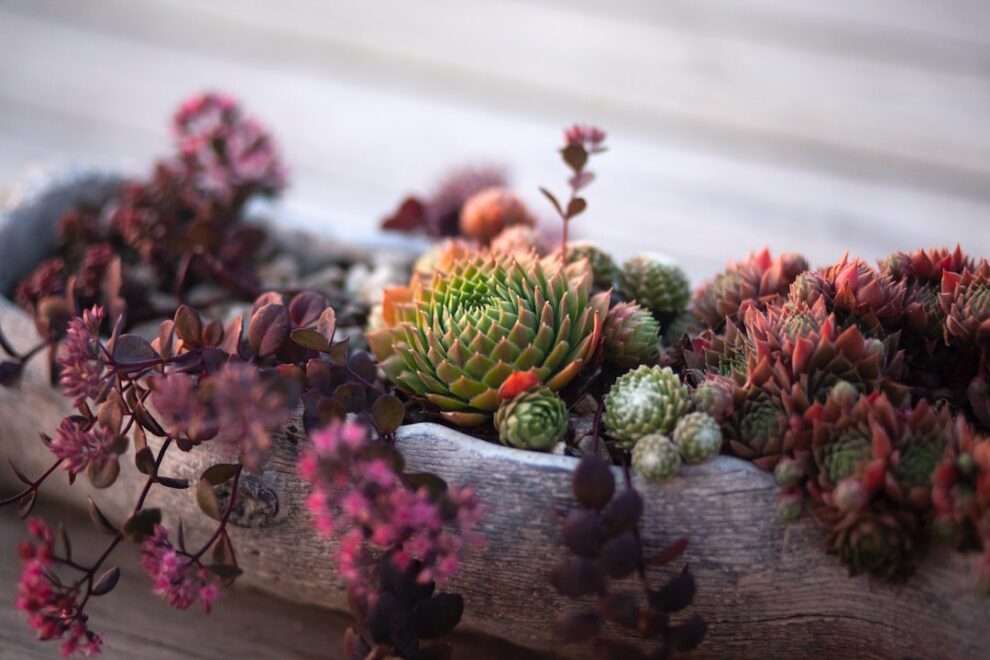

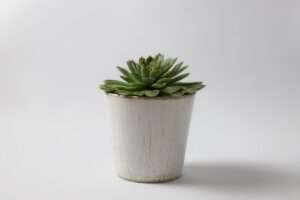
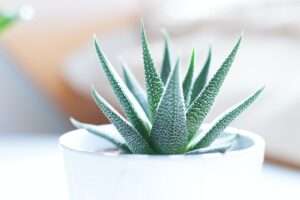



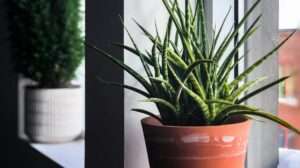

Add Comment